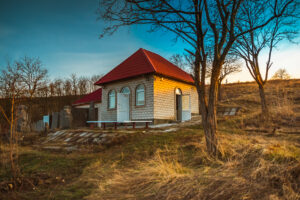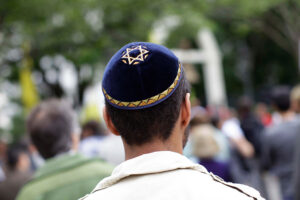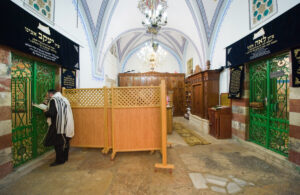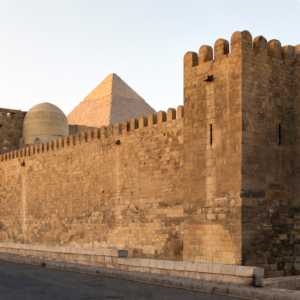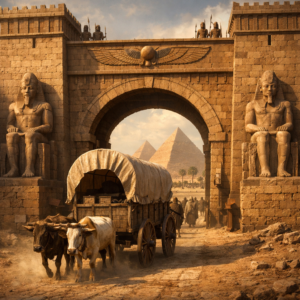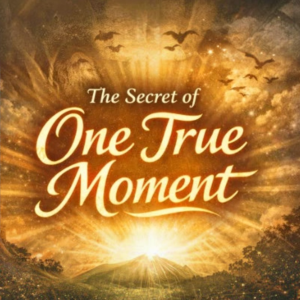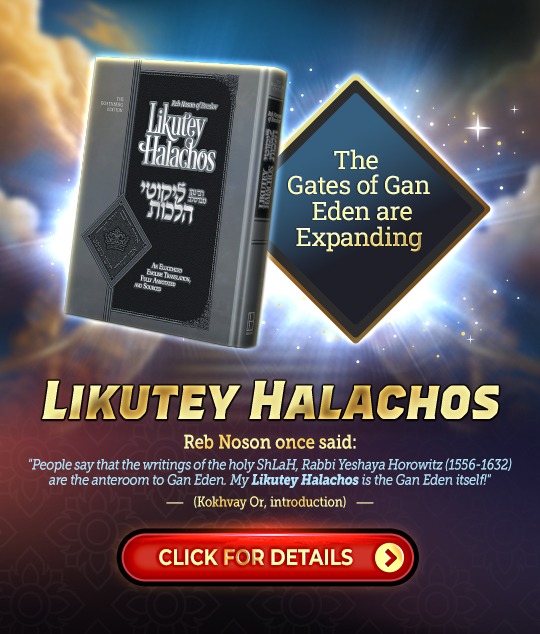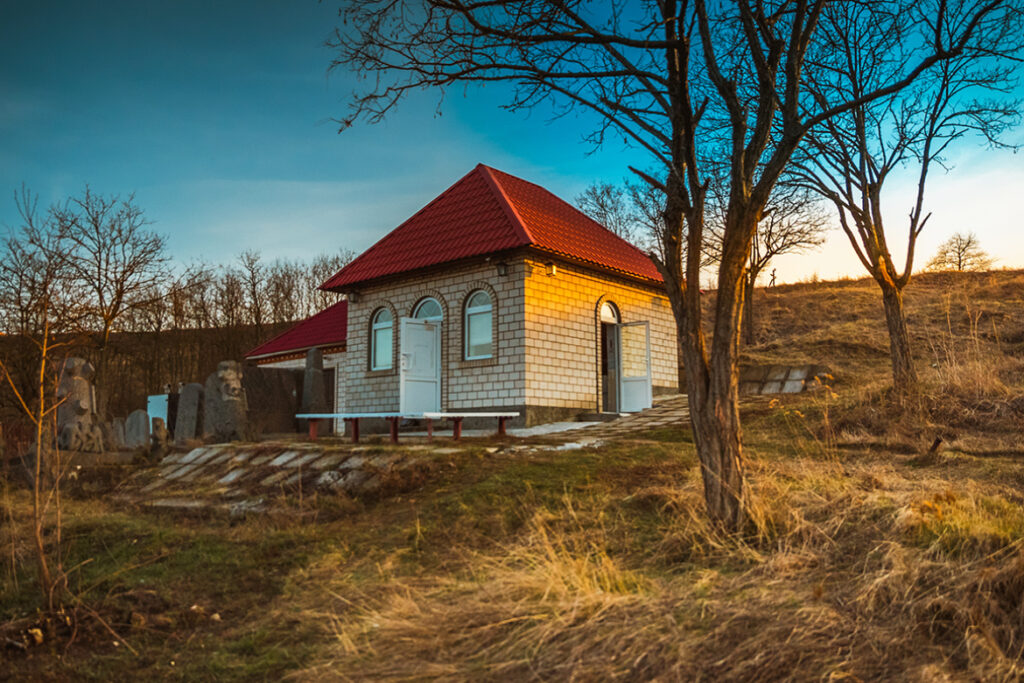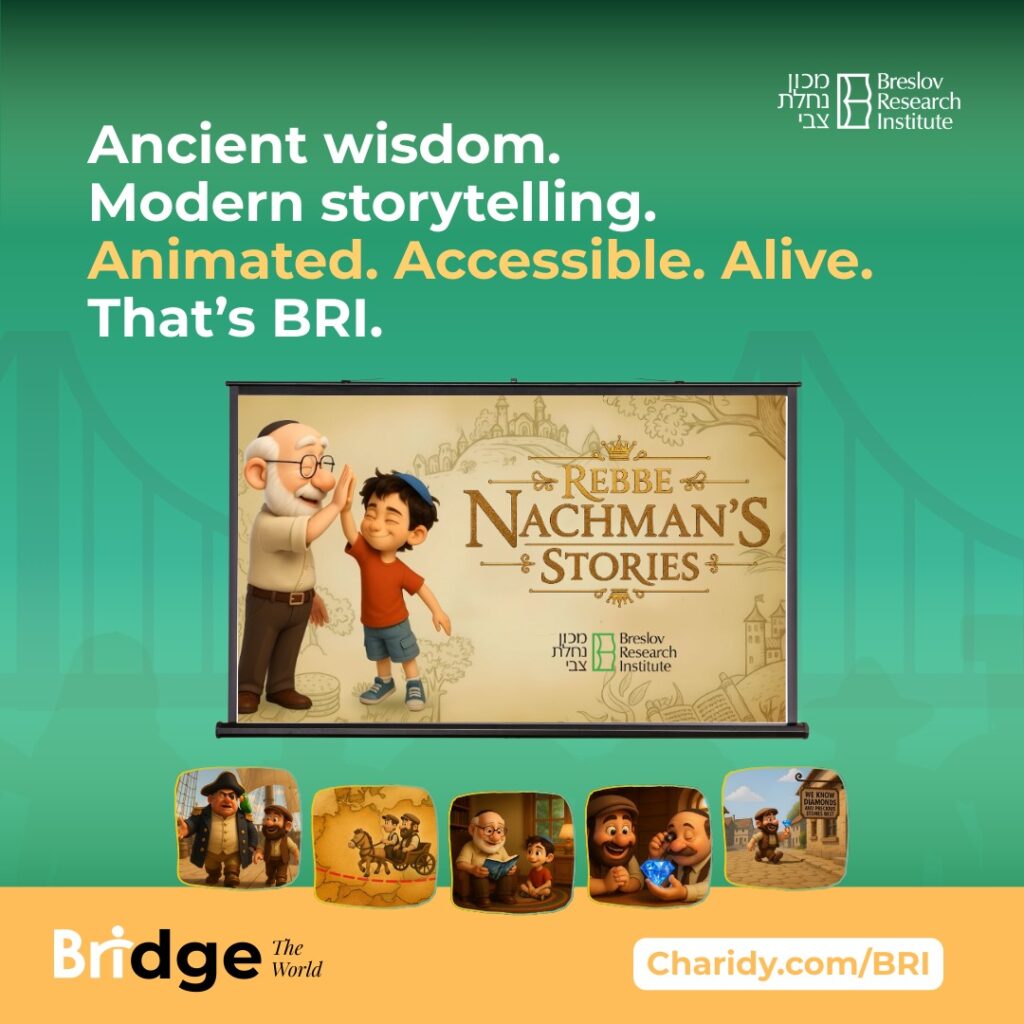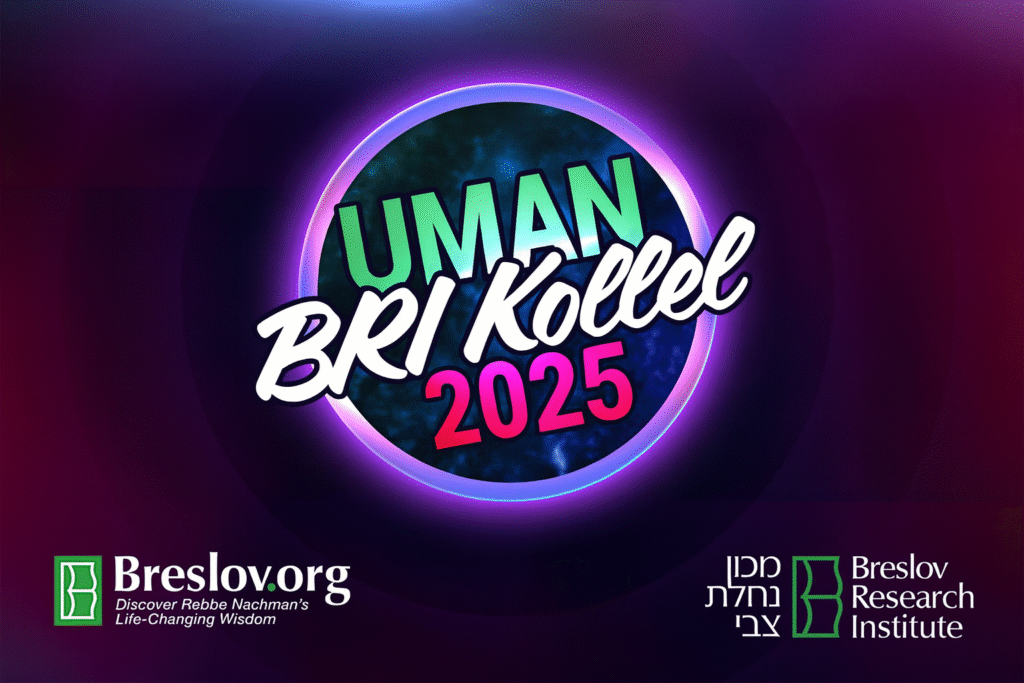The Inheritance of the Dead
Who Received the Land?
Parshat Pinchas details the moment when Hashem commands Moshe to divide the Land of Israel among the tribes (Bamidbar 26:52–56). The Torah says the land should be given “as an inheritance, according to the number of names.” Rashi explains that this refers only to those currently over the age of 20—not to those who would turn 20 in the coming years. Even though the actual division wouldn’t happen for another 14 years (seven years of conquest, followed by seven of distribution), only those already 20 at the time of this census would receive a portion.
Even more surprising: if a man who had left Egypt had six sons, they would all inherit just one portion—their father’s. Why such a rigid system?
Inheritance in Reverse
The Gemara in Bava Batra 117a explains that the generation that left Egypt—though it died in the desert—is still treated as the primary inheritor. The living children receive the land, but based on the claim and status of their deceased ancestors. Rebbe Yehuda HaNasi gives an analogy of two brothers who are Kohanim who send their sons to collect terumah. One brother has two sons and the other has one son. The sons return with 3 equal shares, but the fathers redistribute them evenly between themselves—not based on how many sons each had, but based on their own shared entitlement.
So too here: even if Reuven had nine children and Shimon only one, the land is first attributed to Reuven and Shimon equally. Then, their children divide based on that ancestral allotment. Though the living receive the land, the framework of the division is rooted in those who died in the desert.
This reversal—from descendants inheriting ancestors to ancestors determining for their descendants—forces us to ask: why does the Torah structure the inheritance this way?
Hashem Keeps His Promise
But the process wasn’t just about dramatic Divine intervention. It also solved a theological problem. Hashem had promised the Jews who left Egypt that He would bring them into the Land. Yet that generation perished in the desert due to the slander of the spies. So how would Hashem fulfill His promise?
The answer: through their children. Though the fathers died, their children inherited the land in a way that retroactively credited the fathers. The inheritance was apportioned as if it had gone to the generation of the Exodus, fulfilling Hashem’s promise in spirit and, through this unique legal mechanism, even in practice.
The key to crossing over the threshold of redemption in our own lives is simcha and the belief that every obstacle is an invitation to deeper closeness with Hashem.
The Infinite Light at the Center
Eretz Yisrael is the place where the Infinite Light—Or Ein Sof—shines. The center of the Holy Land is Yerushalayim, specifically the Holy of Holies, where the Even Shetiyah (Foundation Stone) resides. Kabbalah teaches that this was the first point of creation, the place where Hashem’s Infinite Light touched the center of the void and bounced back to form all of Creation.
From this point, spiritual nourishment flows into the entire universe. Eretz Yisrael is not just land—it is a portal to the Infinite.
Joy Unlocks the Keter
In Likutey Moharan lesson 24 Rebbe Nachman explains that in order to access the Infinite Light – which is the Light of Eretz Yisrael, one must first confront the Keter—a spiritual barrier that bounces a person back. The only way to pass this test is through simcha, through joy.
The Jews who were under 20 at the time of the sin of the spies were spared from the decree to die in the desert. They were too young to be culpable, but they also demonstrated joy—simcha—even in the hardships of the desert. This joy prepared them to face the Keter. Now, as they stood over the age of 20, they were ready to inherit the Land. Their joy, combined with their maturity, enabled them to face setbacks with faith instead of frustration.
The age of 20 marks the beginning of true tests. The Hebrew letter Kaf, the first letter of Keter, has a numerical value of 20. From this age on, a Jew begins to encounter real pushback in life—tests that, if handled properly, can bring down tremendous light.
The Setback of Inheritance
But the process of receiving the land included another baffling step. Even after the division of territory, the Torah required each family to trace their inheritance back to their ancestors. Rather than inheriting directly, the living were told: your father or grandfather determines your portion, based on how many brothers they had.
Why this regression? Rebbe Nachman teaches that the essence of the Keter is being pushed back just when you’re about to receive something great. That’s how the Infinite Light is accessed—by not giving up when the process suddenly reverses.
The children who were told to give up their direct inheritance and let it revert to their deceased fathers were facing this very test. They had just received something tangible, only to be told, “Not yet—it goes to your father and grandfather first.” That’s the wall of the Keter. And passing this test meant accepting the reversal with joy and faith, rather than bitterness or resistance.
Eretz Yisrael Requires Acceptance
Ultimately, this unique system of inheritance reveals a deeper truth: Eretz Yisrael isn’t acquired through logic or entitlement. It is accessed through emunah, joy, and humility. The very fact that the dead determine the inheritance for the living reflects how Eretz Yisrael is not bound by natural rules. It’s a land of paradox, where pushback leads to progress and setbacks unlock spiritual treasures.
Embracing the Setback to Access the Light
The journey into Eretz Yisrael is not only a physical inheritance but a spiritual transformation. By requiring the living to receive their share through the merit of their ancestors, Hashem instills in us the deep lesson of the Keter—that true Divine light is accessed through humility, joy, and the ability to endure spiritual setbacks without losing heart. Just as the new generation stood poised to enter the Land, we too stand at the threshold of redemption in our own lives. The key to crossing over is simcha and the unwavering belief that every obstacle is actually an invitation to deeper closeness with Hashem. May we all merit to inherit our portion in the Holy Land and the light it contains.
Shabbat Shalom.
Meir Elkabas
- 0 comment


